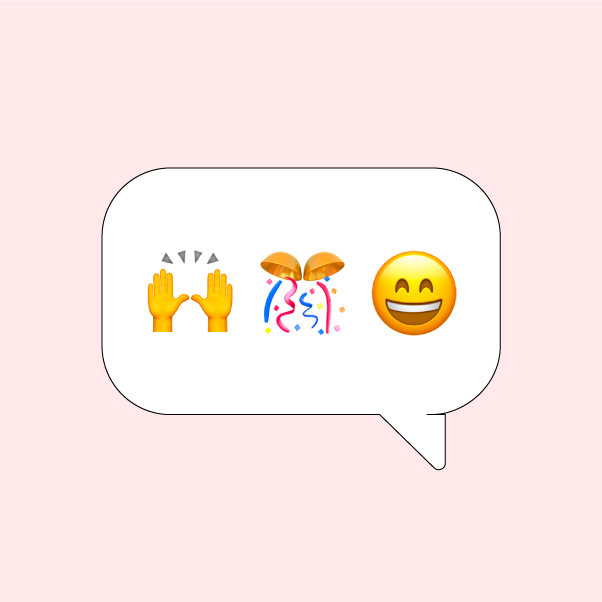Project managers are masters of communication, be that contextual, spoken, or written. The average PM role requires using different communication styles, and regardless of how natural and outspoken you are, even the most skilled communicators sometimes hit a wall.
Communication plays a crucial role in managing stakeholders, and to keep them satisfied, you must complete the project successfully. When you combine excellent communication skills with the proper methods, you will finish your project with minimal hassle.
It is crucial to maintain straightforward and open communication within all project levels, including stakeholders and team members, starting from the bottom to the top. If you share insufficient and unclear information, it might lead to poor quality of work and faulty assumptions. We decided to compare push vs. pull communication styles, determine their differences, and see what makes them unique!
Push communication style
Push communication is a one-direction communication style often used when the sender doesn't expect an immediate response, and it's written. If confirmation is necessary to ensure that the receiver has understood or seen the message, the sender should specify that.
We should mention that push communication is a kind of broadcast, which the sender controls. Namely, you determine who receives the message and when. For instance, if you want to notify your stakeholders about an upcoming presentation, you only need to send an email.

Instant Messaging Cheat Sheet
Also, the push communication style is suitable for delivering sensitive information, even though you expect to receive feedback. The great thing about the push communication style is that you can engage in quick communication, create automated messages, and send them to a broad audience.
On the other hand, we also have to consider the cons because when you send a message, you won't be able to tell whether the receiver has understood the meaning. This type of communication doesn't promote critical thinking or empathy, and it's not suitable for delivering urgent information.
You may also want to consider a push communication style one more time because it may delay communication, or the receiver might not read your message at all.
Push communication examples
Remember that you are the one who is conveying or sharing the message! Also, send regular reports and updates to stakeholders and the project team. The appropriate formats suitable for push communication are:
- Documents
- Contracts
- Reports
- Voicemails
- Emails
- Memos
- Lectures
Before using any of the forms above, make sure to keep your emails short and remember the five-sentence rule. Additionally, create feedback channels and notify the receiver when is the appropriate time to chat. When conveying a message, use plain and friendly language, simple headers, and practical phrases.
Always cover the five Ws: why, where, when, what, and who. Once you have all these points sorted out, you will execute a proper push communication style.
Pull communication
Use the pull communication style when you want to transfer a general message. For instance, when you upload some information on a central platform, it allows your stakeholders to access it whenever they wish. As the name implies, stakeholders can pull the data according to their needs.
As in the previous communication style, use the pull method when the message isn't urgent or used only for casual purposes. Stakeholders can passively access information at any time. Even though the name might imply otherwise, you aren't pulling your audience. The recipient is the one who will pull the information when they need to. We should note that pull communication requires a high level of engagement, so this might be one of the most important toolkits in project management.
Pull communication is great if you want to achieve ongoing communication and post regular updates. It's also automated and convenient to create, provides transparency, and can be shared with a large audience at the same time.
We also have to mention some disadvantages. With this method, you can't track whether the recipient has received a message or understood it, so it's not suitable for urgent situations. For instance, you detect an issue related to health and safety and send a message, but nobody reads it, so no one took action, nor is the problem solved.
Pull communication examples
You can use the following channels to execute the pull communication style:
- Social media
- Webinars
- Dashboards
- Bulletins
- Google documents
- Wikis
- Websites
Also, make sure that categories and symbols are easy to scan and provide a pleasant visual. Write in a simple manner that's easy to understand. If you have to expose shareholders to important or complex information, don't just write them down - turn to interactive communication.
What is the difference between push and pull communication?
Communication is a pretty broad term. We often identify it as sharing different information, ideas, or understandings between two parties. We can classify communication methods into three large categories: push, pull, and interactive communication.
On this occasion, we will only mention the difference between push and pull communication.
Push communication:
- We know who's the recipient.
- The message is meant for a particular recipient.
- You can ensure the distribution of the message, but not the delivery.
- No one can know whether the recipient has understood the message.
- No immediate action is required, but once the recipient has seen the message, they must take action.
- Example: sending an email to your team about a project issue but not expecting the answer right away.
Pull communication:
- We don't know who's the recipient.
- This communications style is designed for a large audience.
- The information or message is centrally located, where people have access to it.
- No action is required at all.
- Example: browsing a website in search of information.

![Increase Collaboration Between Teams [5 Strategies]](https://activecollab.com/upload/blog/392/cover.png)

